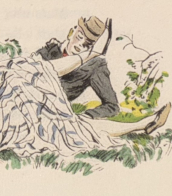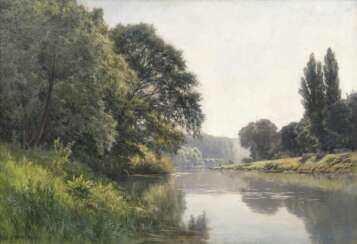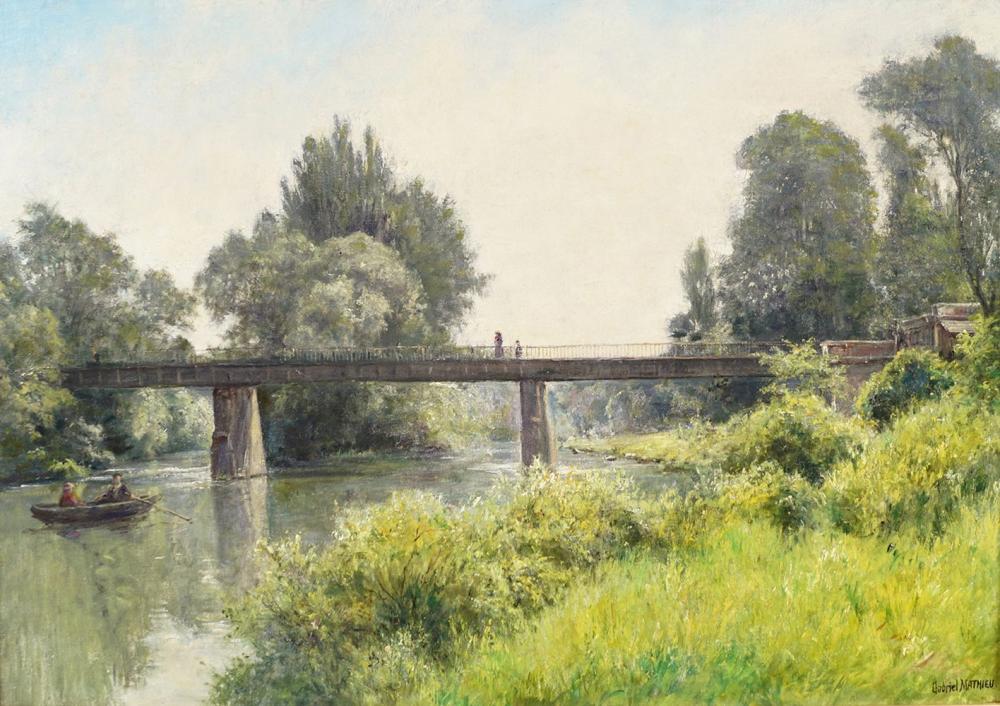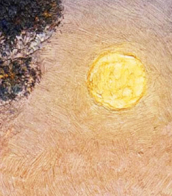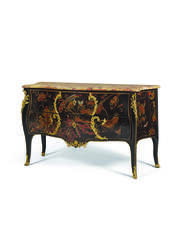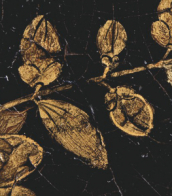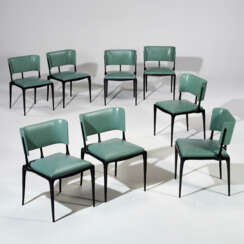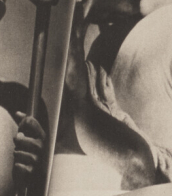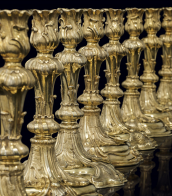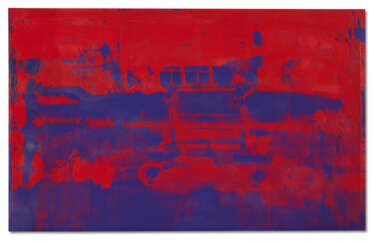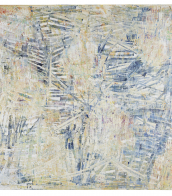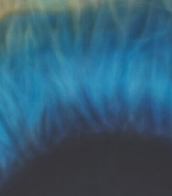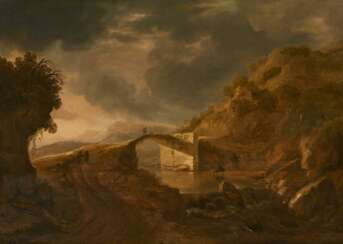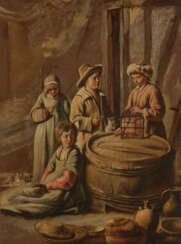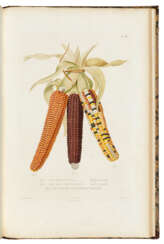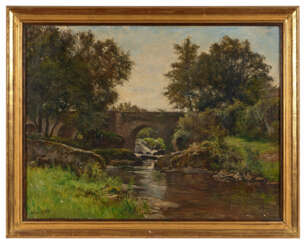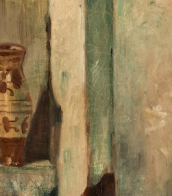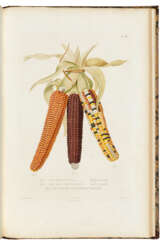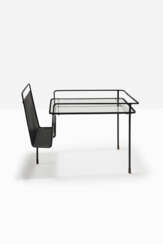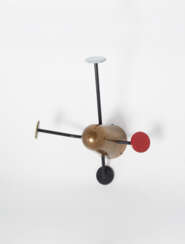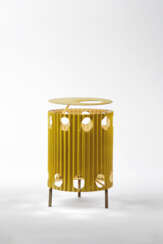матье матего
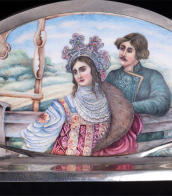
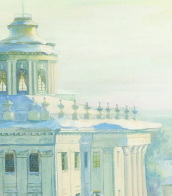
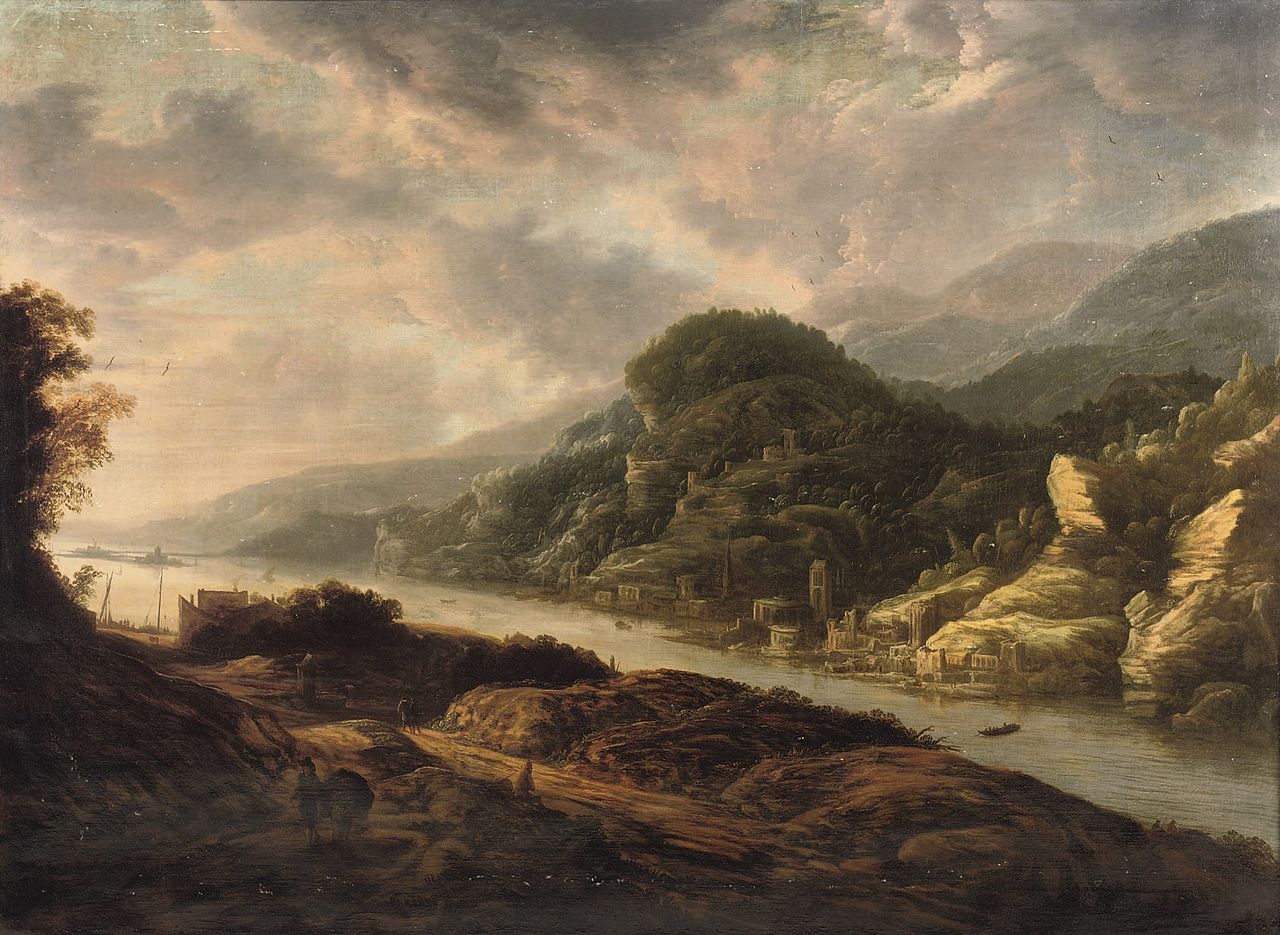
Cornelis Matthieu was a Dutch landscape painter and printmaker of the Golden Age of Dutch painting.
Cornelis Matthieu was active between 1637 and 1656.
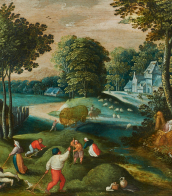
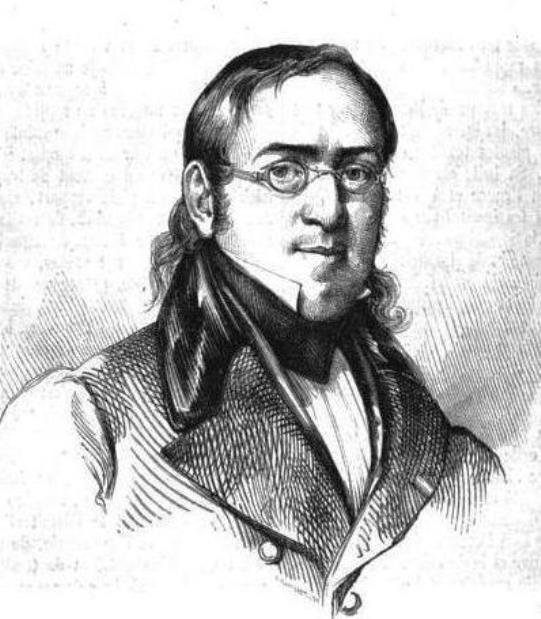
Matthieu Bonafous was a prominent French botanist and agronomist.
Bonafous was an innovator in 19th century agronomy, specializing in technical farming, with a particular interest in corn and its economic importance as a food crop. He also studied mulberry trees and created new species for silkworm breeding, and wrote many scientific articles, including one on rice.
As a teacher, Matthieu Bonafous offered a traveling course based on direct contact with practitioners of scientific farming.

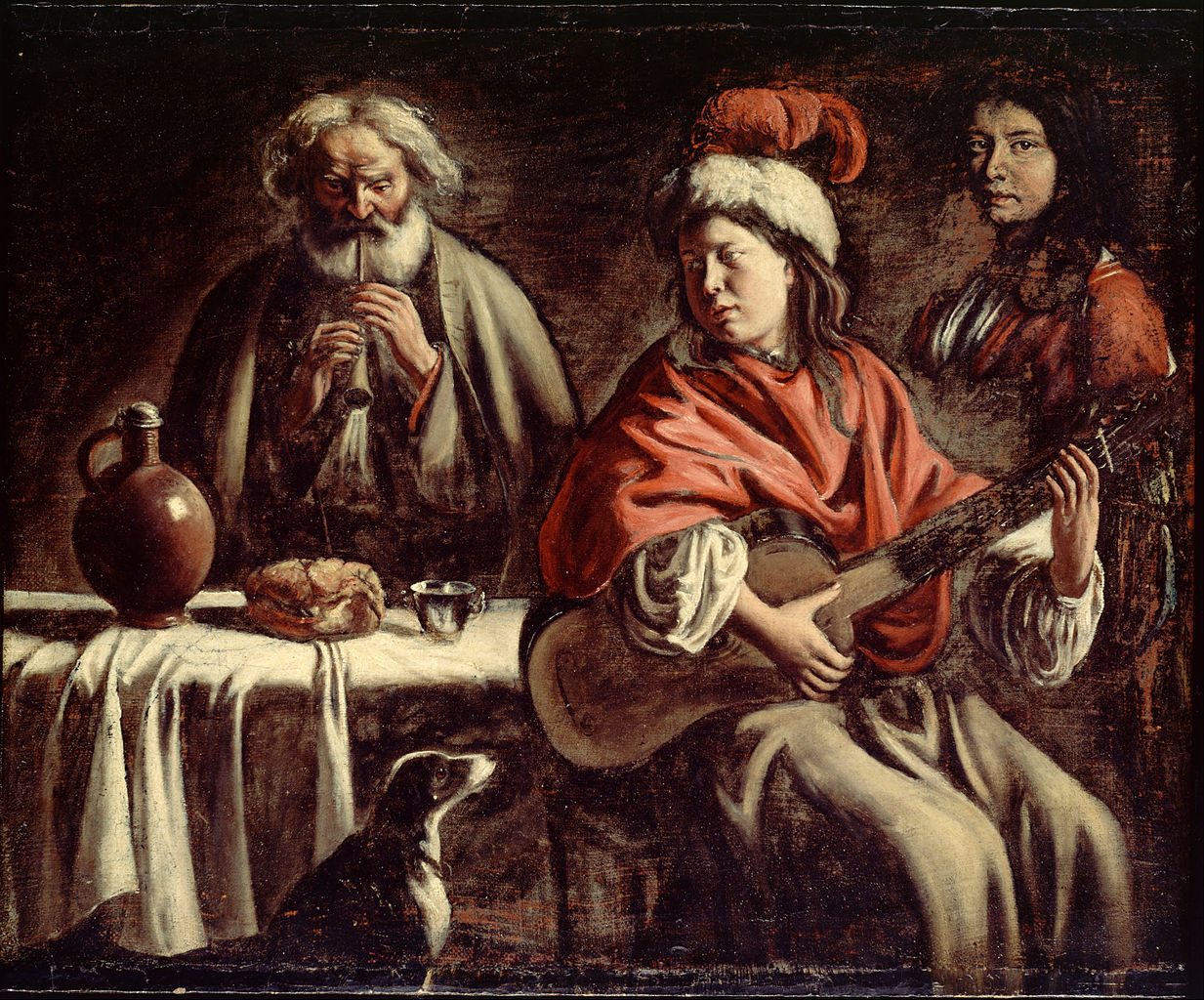
Mathieu Le Nain is a French artist, one of the three Le Nain brothers.
With Antoine and Louis, Mathieu worked on the decoration of the famous Chapel of the Virgin Mary in Saint-Germain-des-Prés. In 1648, he became one of the first members of the newly founded Royal Academy of Painting and Sculpture. When both brothers died two days apart in May 1648, Mathieu entered into the remaining inheritance. Later, he devoted less time to painting, taking up public affairs.
The Lenin brothers did not always sign their works, and to this day such works without authorship are difficult to attribute personally to any of them. Among the most famous paintings attributed to Mathieu is the recently discovered Child Jesus kneeling before the instruments of the Passion.
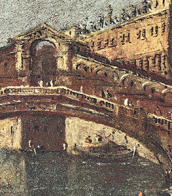

Matthieu Bonafous was a prominent French botanist and agronomist.
Bonafous was an innovator in 19th century agronomy, specializing in technical farming, with a particular interest in corn and its economic importance as a food crop. He also studied mulberry trees and created new species for silkworm breeding, and wrote many scientific articles, including one on rice.
As a teacher, Matthieu Bonafous offered a traveling course based on direct contact with practitioners of scientific farming.


Matthieu Bonafous was a prominent French botanist and agronomist.
Bonafous was an innovator in 19th century agronomy, specializing in technical farming, with a particular interest in corn and its economic importance as a food crop. He also studied mulberry trees and created new species for silkworm breeding, and wrote many scientific articles, including one on rice.
As a teacher, Matthieu Bonafous offered a traveling course based on direct contact with practitioners of scientific farming.

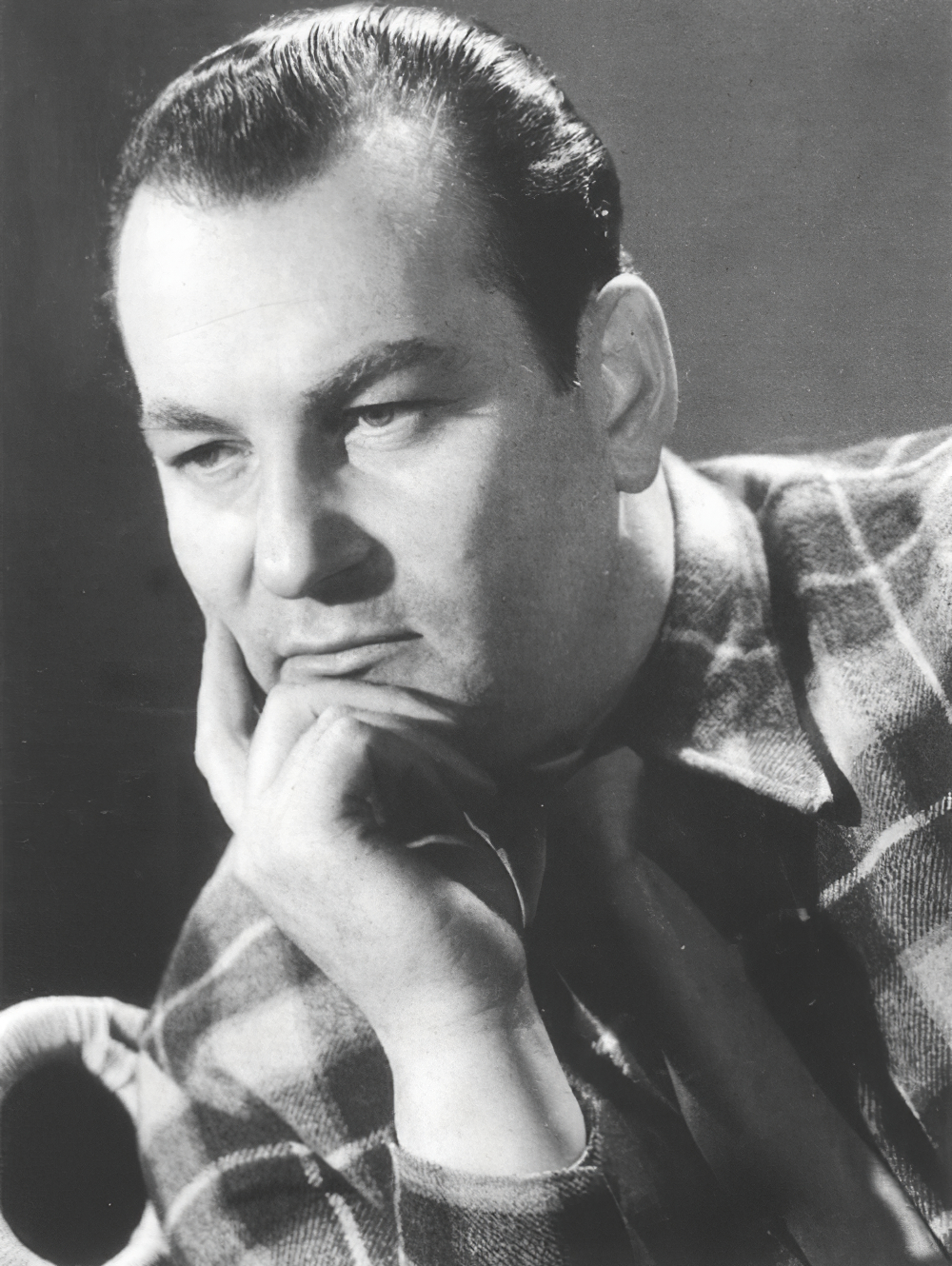
Mathieu Matégot was a Hungarian / French designer and material artist. He was one of the most renowned French designers of the 1950s.
Following the war, Matégot established a workshop for making handcrafted furniture using a variety of materials such as metal, rattan, glass, formica, and perforated sheet metal. The workshop made chairs, tables, sideboards, desks and other objects that he had designed. At first based in Paris, the workshop later moved to Casablanca. All the furniture and other objects had clever, practical and amusing designs. Distributed to decoration shops in editions of 200, his work was extremely successful.
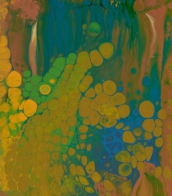

Mathieu Matégot was a Hungarian / French designer and material artist. He was one of the most renowned French designers of the 1950s.
Following the war, Matégot established a workshop for making handcrafted furniture using a variety of materials such as metal, rattan, glass, formica, and perforated sheet metal. The workshop made chairs, tables, sideboards, desks and other objects that he had designed. At first based in Paris, the workshop later moved to Casablanca. All the furniture and other objects had clever, practical and amusing designs. Distributed to decoration shops in editions of 200, his work was extremely successful.


Mathieu Matégot was a Hungarian / French designer and material artist. He was one of the most renowned French designers of the 1950s.
Following the war, Matégot established a workshop for making handcrafted furniture using a variety of materials such as metal, rattan, glass, formica, and perforated sheet metal. The workshop made chairs, tables, sideboards, desks and other objects that he had designed. At first based in Paris, the workshop later moved to Casablanca. All the furniture and other objects had clever, practical and amusing designs. Distributed to decoration shops in editions of 200, his work was extremely successful.


Mathieu Matégot was a Hungarian / French designer and material artist. He was one of the most renowned French designers of the 1950s.
Following the war, Matégot established a workshop for making handcrafted furniture using a variety of materials such as metal, rattan, glass, formica, and perforated sheet metal. The workshop made chairs, tables, sideboards, desks and other objects that he had designed. At first based in Paris, the workshop later moved to Casablanca. All the furniture and other objects had clever, practical and amusing designs. Distributed to decoration shops in editions of 200, his work was extremely successful.
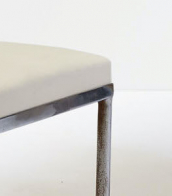

Mathieu Matégot was a Hungarian / French designer and material artist. He was one of the most renowned French designers of the 1950s.
Following the war, Matégot established a workshop for making handcrafted furniture using a variety of materials such as metal, rattan, glass, formica, and perforated sheet metal. The workshop made chairs, tables, sideboards, desks and other objects that he had designed. At first based in Paris, the workshop later moved to Casablanca. All the furniture and other objects had clever, practical and amusing designs. Distributed to decoration shops in editions of 200, his work was extremely successful.

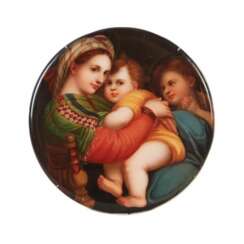

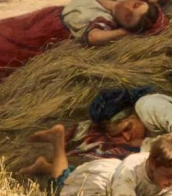


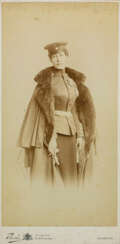

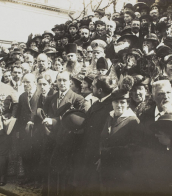
![[Alexandre BENOIS (1881-1962)]](/assets/image/picture_144776/2b864/dte1eadu3hje5q6wp2gvnnx9u0997bpbd9885lgcyyxd1kn37ay8mrlu38vvsgh1523312652jpg__fix_374_244.jpeg)
![[Alexandre BENOIS (1881-1962)]](https://veryimportantlot.com/assets/image/picture_144776/2b864/dte1eadu3hje5q6wp2gvnnx9u0997bpbd9885lgcyyxd1kn37ay8mrlu38vvsgh1523312652jpg__fix_374_244.jpeg)
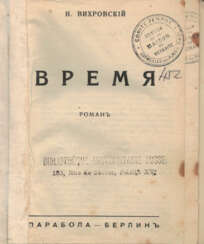



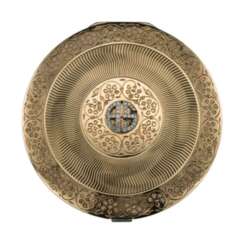

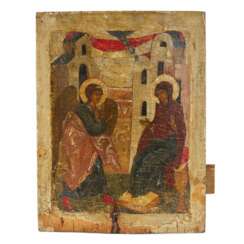



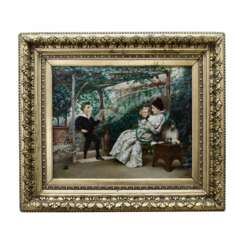

![Чарская, Л.А. Княжна Джаваха: Повесть для юношества / [Соч.] Л.А.Чарской; с ил. В.А.Табурина и А.И.Сударушкина.](/assets/image/picture_4220143/202a9/bx9v9w08ua3tsd0bnyqjqbomoh1qnyojr9h1ct1za6awtfhhshmg2cbywqa3tqdt1727296622jpg__fix_374_244.jpeg)
![Чарская, Л.А. Княжна Джаваха: Повесть для юношества / [Соч.] Л.А.Чарской; с ил. В.А.Табурина и А.И.Сударушкина.](https://veryimportantlot.com/assets/image/picture_4220143/202a9/bx9v9w08ua3tsd0bnyqjqbomoh1qnyojr9h1ct1za6awtfhhshmg2cbywqa3tqdt1727296622jpg__fix_374_244.jpeg)
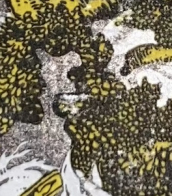
![Чарская, Л.А. Княжна Джаваха: Повесть для юношества / [Соч.] Л.А.Чарской; с ил. В.А.Табурина и А.И.Сударушкина.](/assets/image/picture_4644345/acb44/kzjrrtch3flmgrp6dyqycfdyx2eem83pbht7wshivke3bmpovl-gdez2fky13fq1746110269jpg__fix_374_244.jpeg)
![Чарская, Л.А. Княжна Джаваха: Повесть для юношества / [Соч.] Л.А.Чарской; с ил. В.А.Табурина и А.И.Сударушкина.](https://veryimportantlot.com/assets/image/picture_4644345/acb44/kzjrrtch3flmgrp6dyqycfdyx2eem83pbht7wshivke3bmpovl-gdez2fky13fq1746110269jpg__fix_374_244.jpeg)
